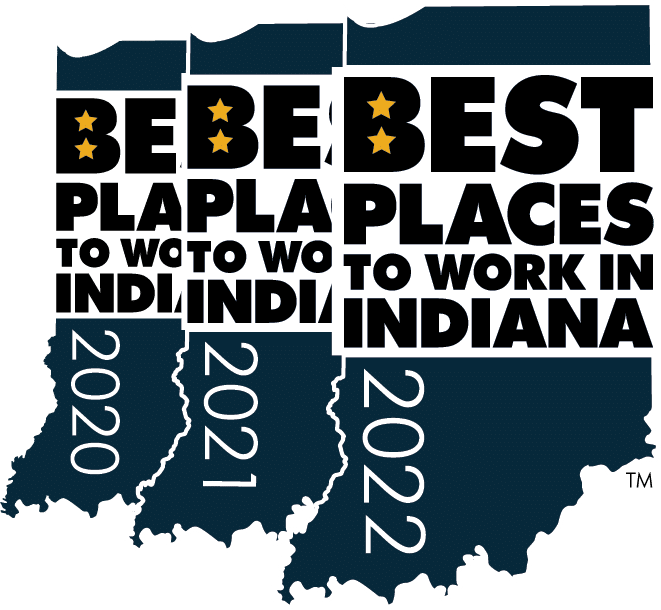The Cost of Inaction: Lessons from Kodak
When Fujifilm began outpacing Kodak on the North American analog photography market in the early 90s, Kodak’s executives didn’t see a reason to change. Kodak shunned the relatively cheaper E-6 photo film processing technology used by emerging competitors, opting to stick with the established methods which had worked so well for them in the past. Similarly, they chose to pursue a painfully slow and cautious exploratory move into digital photography, while their competitors were actively probing this new space, creating the digital market and dividing it among themselves in the process.
By the time Kodak’s top thinkers realized that leaning on their legacy was weakening their marketing dominance, the company’s market share had shrunk considerably. Regaining it was an uphill battle that would go on for the next 20 years, and one they would ultimately lose.
Kodak’s century-long history of success and innovation culminated in a bankruptcy protection filing in 2011; a real Kodak moment, even if it’s not one they would want to be remembered by.
How does all this relate to managing your company’s health benefits plan? Kodak’s fate was as unfortunate as it was preventable, and it offers a clear case for adopting a proactive approach to managing your business.
Adopt a proactive perspective
It’s easy to understand the rewards of seizing opportunities early, but we often overlook the negative outcomes of not looking for those opportunities in advance, so we often convince ourselves that opportunities are too risky to pursue. Just like delaying a simple visit to the doctor can lead to a more serious health complication, not taking a proactive approach to handling your employees’ healthcare options could lead to real losses.
That may all sound abstract, but it is not. When it comes to managing your company’s health benefits plan, the costs of inaction are concrete and quantifiable.
- The first and most self-explanatory cost comes in paying more than you should, for longer than you need to. Regardless of how satisfied you are with your current service providers (though you probably aren’t), more competitive options are likely available.
- Strictly financially speaking, there is the loss of potential growth. Money spent on a needlessly costly benefits plan is money not being put back into the company. If you have the option to turn upkeep expenses into a positive investment towards the company’s continual growth, you should take it as soon as you can.
- More subtle but no less detrimental for the company’s success is the loss of employee morale that can result in failing to provide the best health plan available on time. Employees in the U.S. value the health benefits plan provided by their employer more than anything else, including pay raises. Maintaining an open outlook and regular consultations with benefits advisors is key to staying in step with the best options for your employees, and ultimately for your company.
Navigate your options with confidence
Venturing into the unknown can be scary – so don’t do that. Instead, make the unknown known: seek information that will light your way. It’s much easier to be proactive if you have a full grasp of your options, your potential benefits and savings. Our consultants can help you move forward and make these beneficial decisions with the confidence of traversing a known landscape.







